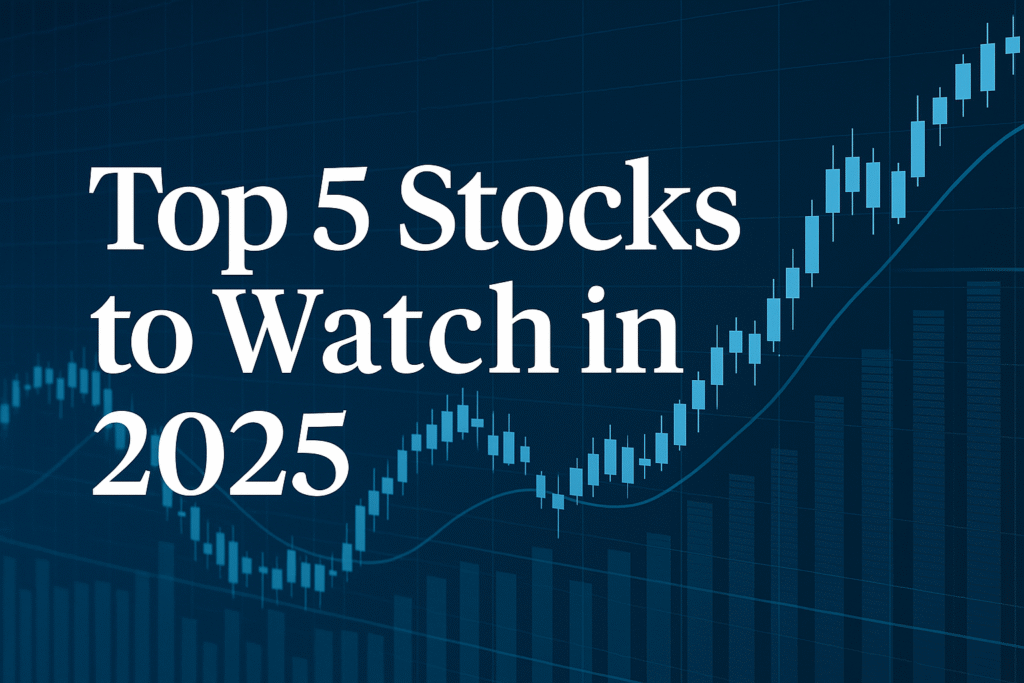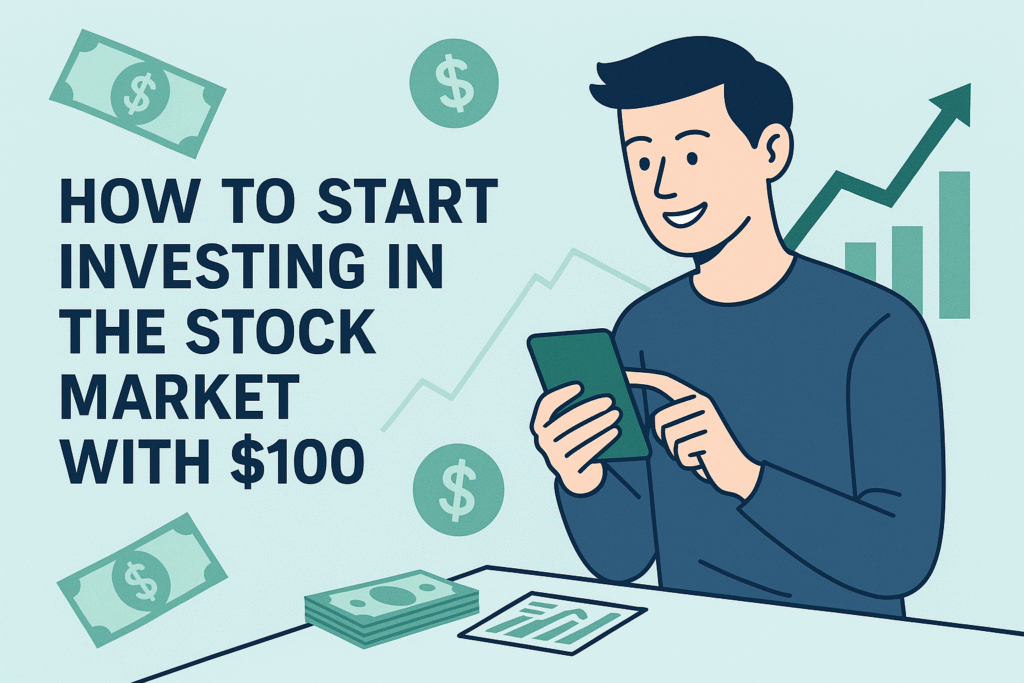If you’ve ever wanted to invest without stressing over picking individual stocks, ETFs (Exchange-Traded Funds) might be the perfect solution.
They’ve become one of the smartest, simplest ways to build wealth and diversify your portfolio — and in 2025, they’re more accessible than ever.
Let’s break down what ETFs are, why they’re so powerful, and how to use them to invest like a pro (even if you’re just getting started).
1. What Exactly Is an ETF?
An ETF, or Exchange-Traded Fund, is an investment fund that holds a basket of assets — such as stocks, bonds, or commodities — and trades on the stock market like a regular share.
💡 Think of it like a smoothie:
Each ETF share gives you a small sip of dozens (or hundreds) of different ingredients — companies, industries, or bonds — all blended together.
That means instant diversification without having to buy each asset individually.
2. How ETFs Work
When you buy an ETF, you’re not investing in just one company — you’re investing in a collection of them.
For example:
- The S&P 500 ETF (VOO) holds the 500 largest U.S. companies.
- The Total Stock Market ETF (VTI) includes thousands of U.S. stocks.
- The Nasdaq 100 ETF (QQQ) focuses on tech giants like Apple, Microsoft, and Nvidia.
📊 Result: One purchase gives you broad exposure to the entire market (and reduces risk compared to owning single stocks).
ETFs are traded throughout the day, just like stocks — so you can buy or sell them at market prices whenever you want.
3. Why ETFs Are So Popular
ETFs have exploded in popularity because they combine the best of both worlds:
- Diversification like a mutual fund
- Flexibility and low fees like a stock
Here’s why investors love them:
✅ Low cost: Most ETFs have expense ratios under 0.10%, saving you money long-term.
✅ Liquidity: You can buy or sell anytime during trading hours.
✅ Transparency: You can see exactly what’s inside the ETF.
✅ Tax efficiency: ETFs are structured to minimize capital gains taxes compared to mutual funds.
In short: ETFs let you invest smarter, not harder.
4. Different Types of ETFs
Not all ETFs are created equal. Here are the main categories you should know:
–1. Stock ETFs
Track indexes like the S&P 500, Nasdaq, or specific sectors (tech, healthcare, energy).
–2. Bond ETFs
Provide income and stability — great for balancing risk.
–3. International ETFs
Offer exposure to global markets (Europe, Asia, emerging economies).
–4. Commodity ETFs
Track prices of physical assets like gold, silver, or oil.
–5. Thematic or Sector ETFs
Focus on trends like AI, clean energy, or cybersecurity.
Each serves a purpose — and mixing them can create a strong, diversified portfolio.
5. How to Start Investing in ETFs
Starting is easier than you think. Here’s a quick 5-step guide:
Step 1 → Choose a brokerage platform.
Use apps like Fidelity, Vanguard, SoFi Invest, or Robinhood.
Step 2 → Define your goal.
Are you saving for retirement, building wealth, or just learning?
Step 3 → Pick your ETFs.
Start with broad-market ones like VTI (total U.S.) or VOO (S&P 500).
Step 4 → Automate monthly investments.
Set a recurring purchase — consistency beats timing.
Step 5 → Reinvest dividends.
Most ETFs pay dividends. Reinvest them automatically for compounding growth.
💡 Bonus Tip: Don’t chase “hot” ETFs — focus on long-term growth and steady returns.
6. ETFs vs. Mutual Funds: What’s the Difference?
| Feature | ETFs | Mutual Funds |
|---|---|---|
| Traded | Throughout the day | Once per day |
| Minimum investment | $1 or less (fractional shares) | Often $1,000+ |
| Fees | Lower (0.03–0.15%) | Higher (0.5–1.5%) |
| Taxes | More efficient | Less efficient |
| Control | Instant buy/sell | Delayed transactions |
In 2025, ETFs have largely replaced mutual funds for self-directed investors — thanks to their low cost and flexibility.
7. The Hidden Power of ETFs: Simplicity
One of the biggest investing mistakes is overcomplicating your strategy.
ETFs make it possible to own the entire market in one click — no guessing which stock will outperform next month.
As Warren Buffett famously said:
“A low-cost index fund is the most sensible investment most people can make.”
ETFs embody that philosophy perfectly.
Final Thought
ETFs aren’t just an investment product — they’re a mindset.
They encourage consistency, patience, and smart diversification.
You don’t need to beat the market — you just need to own it.
And ETFs are the easiest, most cost-effective way to do exactly that.
(Also read: How to Start Investing in the Stock Market with $100)


Pingback: Dividend Investing: How to Build Passive Income
Pingback: The 10 Most Promising Cryptocurrencies for Long-Term Growth